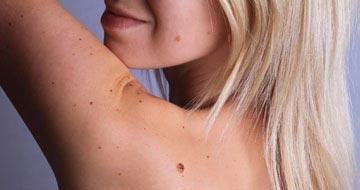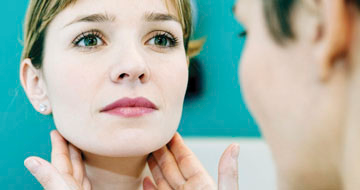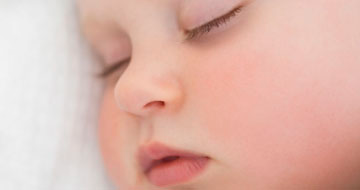
Female Incontinence - You Don’t Just Have to ‘Put Up’ with it
Do you feel like you need to go to the bathroom all the time, or find yourself peeing when you cough, laugh or do exercise? It’s a common problem for women - especially during perimenopause or menopause, or after a vaginal birth.
We are often told to do our pelvic floor exercises, but many of us may find that they don’t work. Often women just become resigned to the fact that they will have to wear a pad for the rest of their lives. But it’s important to know there are treatments out there, and here we explore some effective, non-surgical options to treat female incontinence.
What causes ‘leaks’ and the urge to pee all the time?
A decrease in our oestrogen levels during perimenopause and menopause can have many effects, including hot flushes, anxiety and fatigue. One of the most common symptoms is also urinary incontinence. The lining of the urethra – the tube that passes urine from the bladder out of the body – can become thinner, and our vaginal and pelvic tissue can also become weaker.
What are the main types of incontinence?
The first is stress incontinence. Laughing, running or lifting something heavy can cause you to involuntarily pee, as the muscles around the pelvic floor that help prevent this are weakened. The other type is urge incontinence, when you have frequent urges to pass urine, even if your bladder isn’t full. It can be stressful, especially if you feel like you’ll have an accident if you can’t get to the bathroom quickly enough.
Can incontinence affect your confidence?
Although these changes to our body are a natural part of ageing, they can be difficult to deal with. Sex is one area where urinary incontinence – particularly involuntary leakage - can be embarrassing. It can make having sex stressful rather than something to enjoy. It can also negatively impact activities such as walking and running, which are important for our wellbeing.
Consultant Gynaecologist Tania Adib sees incontinence as an important issue that needs to be addressed: “I think we often tell women, ‘Oh well, it’s just part of ageing’, but actually we’ve got options. How your vagina feels can affect your self confidence, your self esteem, and how you feel as a woman.’
What’s the solution?
Although urinary incontinence affects around 40% of women at any one time, many feel that there’s nothing that can be done about it. Lifestyle and dietary changes can be beneficial and regular pelvic floor exercises are highly effective for some women. However, it takes time and commitment and it’s important to make sure you’ve been shown by an expert how to do them correctly.
If you find, however, despite your best efforts, the problem still persists, there are also a range of effective options - including radiofrequency and vaginal oestrogen - that have worked wonders for many women.
Non-surgical treatments for urinary incontinence
Our gynaecologists use the latest in non surgical treatments to help manage urinary incontinence. Radiofrequency works to strengthen the vaginal walls and can really help reduce an overactive bladder.
As Dr Adib says: ‘These are really great non- surgical options, and they are highly effective. We need to tell women, if your pelvic floor exercises aren’t working, actually you have options, you don’t just have to put up with incontinence for the rest of your life.’
Visit our clinic
If you are experiencing urinary incontinence and would like to find out more about treatments, please call 020 7244 4200 or make an appointment online.












